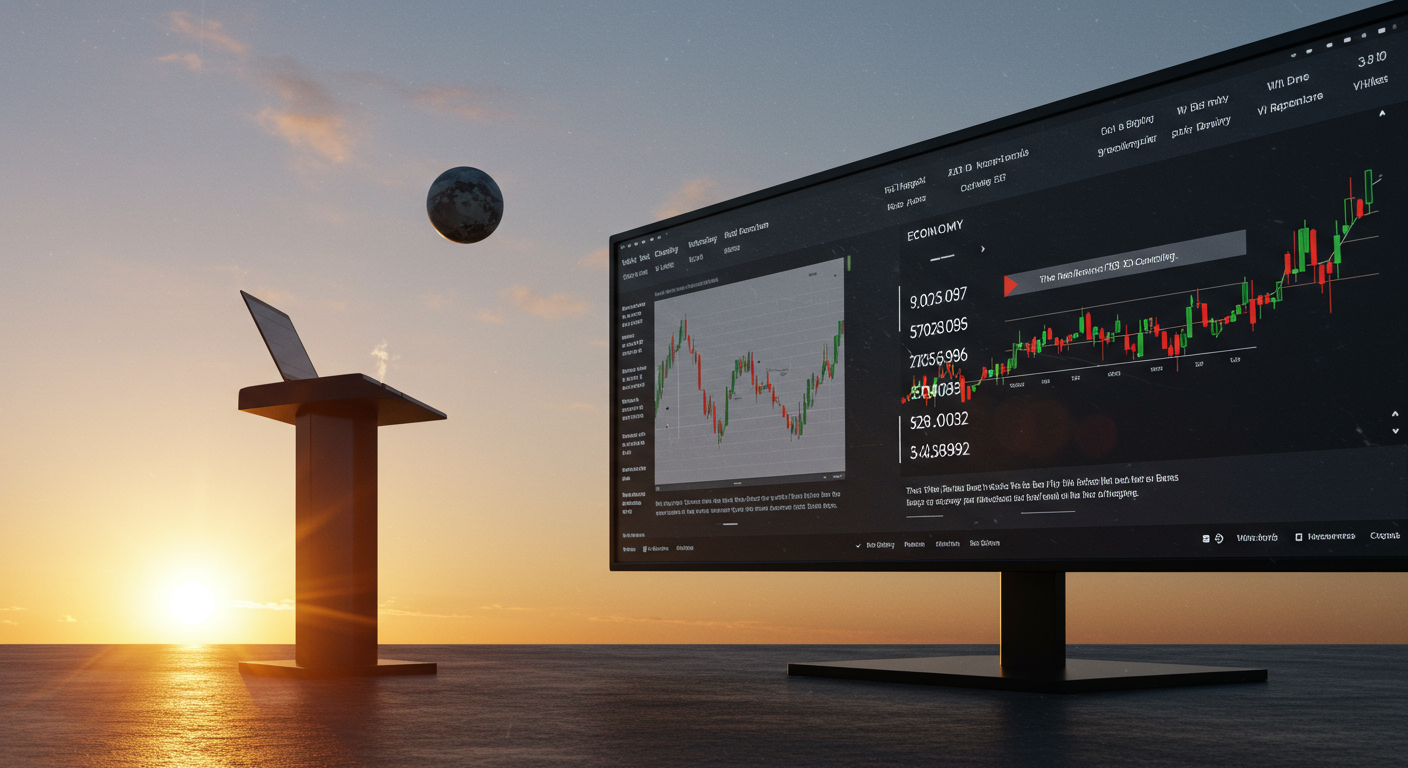ECONOMY
This week, the economic world was laser-focused on two key pieces of information from the United States that have global implications: inflation and interest rates.
- The Federal Reserve Holds Rates Steady, But Adjusts Future Plans: The U.S. central bank, known as the Federal Reserve or “the Fed,” decided to keep its main interest rate unchanged for now. Think of this rate as the wholesale cost of money; it influences everything from mortgage rates to credit card interest. While the hold was expected, the big news came from their future projections. Policymakers now anticipate only one rate cut in 2024, down from the three they had projected back in March. This signals that they believe the fight against inflation isn’t over, and they plan to keep borrowing costs higher for longer to ensure prices stabilize.
- Inflation Shows Signs of Cooling: Just before the Fed’s announcement, we got a fresh look at inflation via the Consumer Price Index (CPI). The CPI measures the average change in prices paid by consumers for a basket of goods and services, like gasoline, food, and rent. The May report was better than anticipated, showing that inflation was flat from the previous month and had slowed slightly over the year. This was welcome news, suggesting that high interest rates are working to cool down the economy and price pressures. This positive inflation data is a key reason why financial markets remain hopeful for an interest rate cut later this year, even with the Fed’s cautious stance.

FINANCE
The world of finance was rocked by political developments in Europe and impressive results from the technology sector, showing how different forces can sway markets.
- Political Turmoil in France Rattles European Banks: The surprise announcement of a snap parliamentary election in France sent shockwaves through European financial markets. Investors are concerned that a potential shift in political power could lead to different economic policies, such as higher public spending. This uncertainty caused a significant sell-off in French stocks, particularly impacting major banks like BNP Paribas and Societe Generale. Their stock values dropped sharply due to fears about the stability of the country’s finances and the potential for new taxes on the banking sector. It’s a stark reminder of how closely politics and finance are linked.
- Adobe’s Financial Outlook Boosted by AI: On a more positive note, software giant Adobe delivered a stellar financial report. The company, known for products like Photoshop and Acrobat, beat revenue and profit expectations. More importantly, it raised its financial forecast for the rest of the year. The key driver? Strong demand for its creative software, supercharged by the integration of new Artificial Intelligence (AI) features. This news shows how established companies are successfully using the AI boom to boost their financial performance, reassuring investors and driving their stock price higher.
INVESTMENTS
For investors, this week was a story of new records for some, fueled by a handful of tech giants, while the broader market showed a more mixed picture.
- Tech Stocks Push Indexes to New Highs: Major U.S. stock indexes, including the S&P 500 and the tech-heavy Nasdaq, soared to new all-time highs. However, this rally has been described as “narrow.” This means the gains are not spread out evenly across the market. Instead, they are overwhelmingly driven by a small number of mega-cap technology companies. Apple, for instance, saw its stock surge after announcing its new AI strategy, briefly reclaiming its title as the world’s most valuable company. This concentration of performance means that the investment portfolios of many are heavily influenced by the fortunes of just a few key players.
- Shifting Winds in the Bond Market: The bond market, where investors lend money to governments and corporations, reacted directly to the week’s economic news. When the inflation report came out cooler than expected, bond prices rose (and their yields, or interest payouts, fell) as investors grew more optimistic about future rate cuts. However, when the Federal Reserve later signaled a more cautious path with fewer cuts, some of that optimism faded, and yields ticked back up. This push-and-pull shows how investors in fixed-income assets are constantly adjusting their strategies based on the latest signals from the economy and central banks.
Frequently Asked Questions (FAQ)
- What does a “narrow” stock market rally mean for the average investor?
A narrow rally means that most of the stock market’s overall gains are coming from a very small group of large companies, usually in the same sector like technology. For an average investor, this can be risky. If your portfolio is diversified, you might see it underperform the main indexes because your other holdings aren’t growing as fast. It also means the market’s health is heavily dependent on these few companies, so any negative news about one of them could have an outsized impact on the entire market.
- Why did good inflation news not immediately lead the Federal Reserve to promise more rate cuts?
The Federal Reserve looks for a consistent trend, not just a single data point. While one month of good inflation data is encouraging, the Fed needs to see several months of sustained cooling prices before it feels confident that inflation is truly under control and heading back to its 2% target. They are being cautious because cutting rates too soon could cause inflation to flare up again, potentially leading to more aggressive rate hikes later on. Therefore, they are taking a “wait and see” approach, keeping their options open based on future data.



